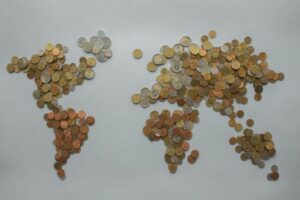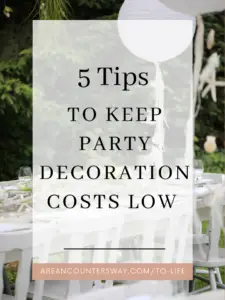What is Cold Hard Cash?
“Cold hard cash” is a term that is often used to talk about real money. But have you ever thought about where this saying came from or what it means? Let’s look into where the phrase “cold hard cash” came from and what it has meant over time.
Key Point 1: The Origins of “Cold Hard Cash”
The phrase “cold hard cash” was first used by merchants and traders who were accustomed to transacting business with coins made of precious metals such as gold and silver. They coined the phrase to describe money that was in its purest form. Because of their high worth and the fact that people felt they were cold to the touch and physically substantial, these coins got the nickname “cold hard cash.” Coins were utilized extensively as a medium of exchange in ancient times, and they were also regarded as important valuables at the time. The term gained popularity as a means of drawing attention to the fact that money is a concrete and material object.

First Usage of Coins:
In ancient times, about the seventh century BCE (before the common era), the first coins were put into circulation. Coins were produced for the first time in the ancient kingdom of Lydia, which was located in what is now the country of Turkey. Historians disagree on the precise period and location when they first came into existence, but it is known that they were among the oldest forms of currency.
Electrum, a naturally occurring alloy of gold and silver, was the typical material used in the production of these early coins. They have elaborate patterns or symbols stamped on them to demonstrate their genuineness and increase their value. The introduction of standardized coinage, which provided a consistent and immediately recognized medium of exchange, was a major factor in the increased ease with which trade and commerce could be carried out.
A variety of kinds of barter and commodity money (such as animals, wheat, and other items) were utilized as means of exchange prior to the widespread usage of coins as a medium of exchange. The introduction of coins was a key step forward in the creation of money and played an essential part in the growth of economies in ancient times. Coins were used as a medium of exchange.
Key Point 2: The Advent of Paper Money
Coins were the most common form of currency for many centuries; however, starting in the 9th century, paper money became a viable alternative. According to the archives of history, the first documented use of paper money took place in China in the year 806 A.D. On the other hand, it took some time for paper money to earn people’s trust and achieve acceptability in the general public.
In 1690, the Massachusetts Bay Colony became the first government in the Western world to issue paper currency when it issued the first legal tender. This also made it the first government in the world to issue paper currency. Rather than being thought of as banknotes at first, early Western paper money was at first seen as credit notes or IOUs. People had a hard time accepting the idea that these bits of paper could hold the same worth as precious metals.

Moving Away from the Gold Standard
Throughout the course of history, there has been an increasingly weaker correlation between the value of paper money and the value of gold or silver. The gold standard, which established a correlation between the value of a currency and a certain quantity of gold, gradually lost its significance over time. As a direct consequence of this, the expression “cold hard cash” is no longer applicable to actual money that is backed by gold or silver. Instead, it came to represent real, physical money as opposed to the virtual transactions that are conducted nowadays.
We no longer use a currency that is directly linked to precious metals like gold and silver. However, you may still buy precious metals like gold and silver with paper money such as dollars and euros. The phrase “cold hard cash” now refers to actual money in any of its forms, including coins and banknotes. This meaning for the phrase “cold hard cash” developed over time.
The Rise of Digital Transactions
As a result of advances in technology and the advent of the digital era, our reliance on actual currency has significantly lessened. The use of digital transactions, such as credit cards, mobile payment apps, or online banking, is becoming increasingly common among us. Because of this change in the way people behave in society, the expression “cold hard cash” has evolved.
The term “money” initially referred to real currency; however, it has now expanded to include all forms of tangible currency, including transactions conducted online. The expression is still widely used in modern times, albeit with a wider range of connotations.
Conclusion
In conclusion, the phrase “cold hard cash” got its start with the use of real coins composed of precious metals. These coins were called “coins.” It took some time for people to acknowledge the worth of paper money as it became increasingly common in society. The expression eventually came to refer to actual money, which can come in the form of coins or banknotes. Because of the proliferation of online transactions, the term “cold hard cash” has come to refer to any type of currency that can be physically held in one’s hand. Therefore, the next time you hear the phrase “cold hard cash,” you will have a better understanding of its historical origins and the way its meaning has developed over the course of time.








